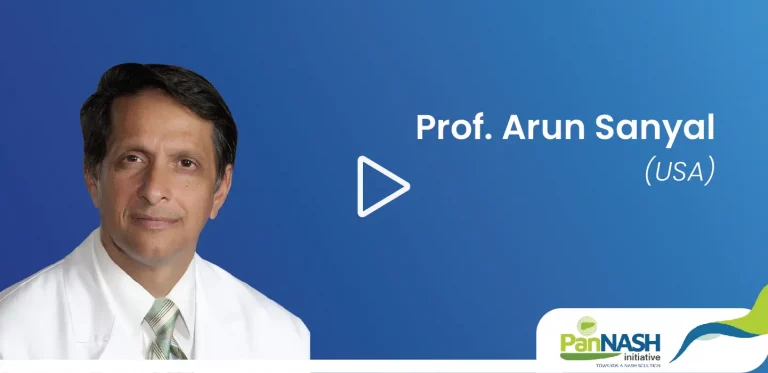
NASH and CV disease: new considerations
NASH is increasing with the current obesity pandemic. Prof. Robert Chilton (San Antonio - USA) reminds us that the current best practices to tackle the burden of this multi-system disease are currently lifestyle interventions










